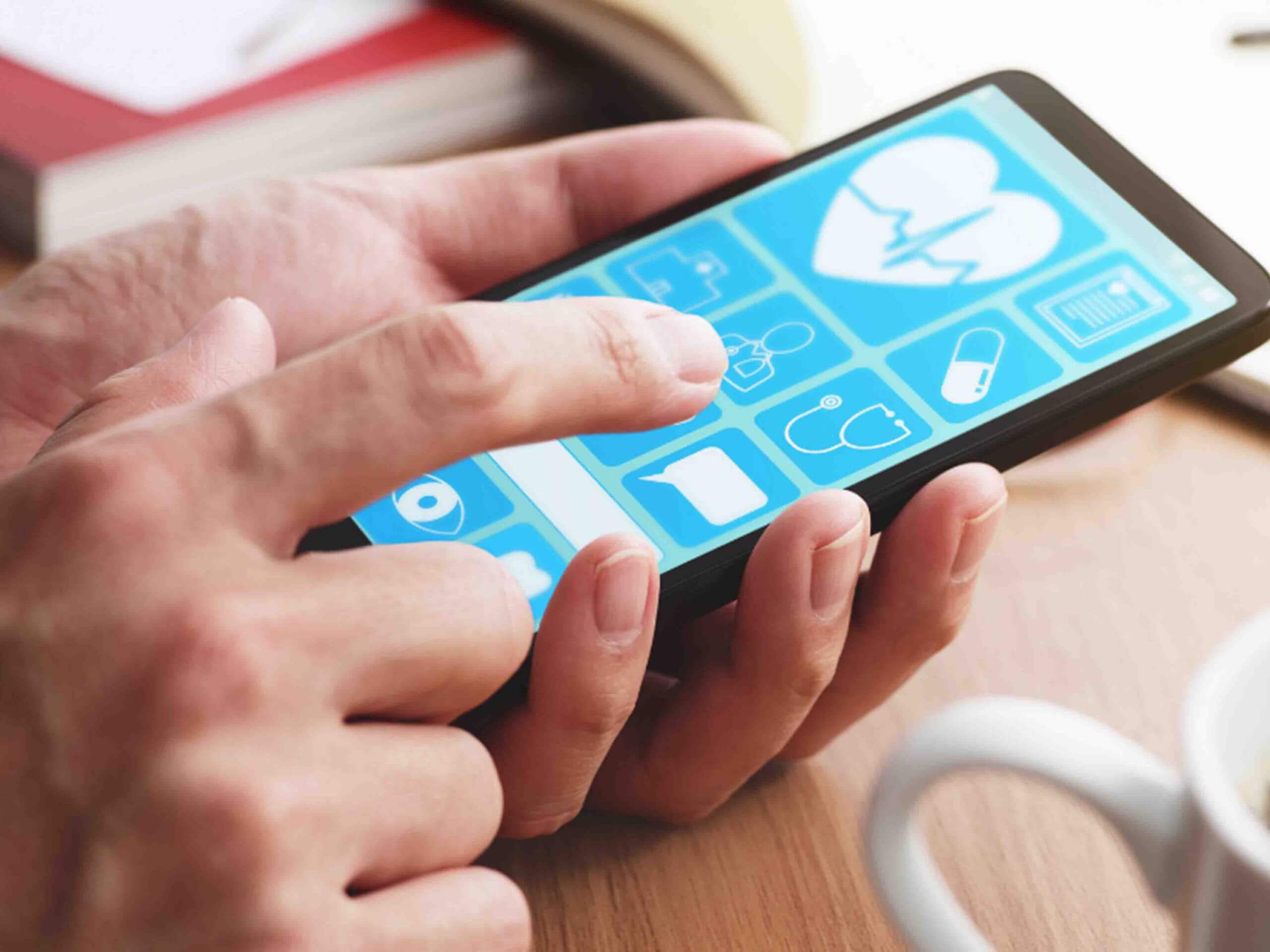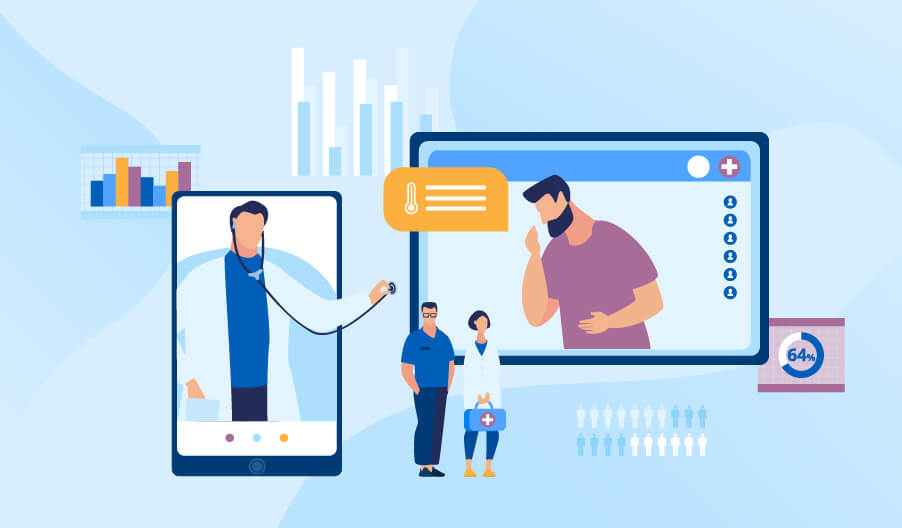

November 24, 2022
Telemonitoring is another term for remote monitoring. It enables doctors to monitor their patients in real-time. Doctors can use a remote monitoring app to collect essential data from their patients.
Telemedicine is a medical technique that uses technology to offer long-distance patient care. It was originally used to contact patients over large distances in the United States, and it is currently becoming a popular procedure because of its simplicity. Telehealth app development company is mostly utilized to assist doctors and patients in non-emergency situations where inpatient care is not required for an extended period. The software development services for healthcare have proven beneficial in the contemporary age to a great extent.
The recent data shows that the market for telemedicine services is continually expanding and is expected to reach 41.2 billion US dollars by the end of this year. As a result, businesses are seeking a telemedicine app development solution to help them break into the industry and make a fortune.
Some platforms are designed to assist people with diseases that necessitate self-monitoring. They use RPM to assist patients and clinicians in keeping records and guiding the patients on how to manage chronic illnesses such as cancer and glucose monitoring, among other things. RPM-based apps that help individuals combat serious diseases like cancer and enhance their quality of life are also being developed to make treatment easy and convenient for all.
Physicians have the advantage that they can practice medicine from the comfort of their own homes with personalized telemedicine app development. It assists the firm in these ways:
Healthcare breakthroughs continue to drive the need for mobile apps. Apps are no more a luxury item, but rather a need. Everyone, from the elderly to the tech-savvy millennials, relies on telehealth-based treatment, today. Several healthcare organizations are adopting telemedicine app development to prepare for the future. It is the case with other healthcare solutions such as telenursing, telepsychiatry, and others. However, to prevent complexity, it is critical to creating user-friendly programs. To make navigating easier, developers might create these applications for certain target groups.

The usage of AI-based apps for the betterment of telehealth capabilities has acted as a game-changer in the market. These apps powered by technologies like chatbots speech recognition and machine language tech give an advantage while improving patient experience.
Big Data: Telehealth apps create and handle a wide range of data volumes. Using EHRs, big data computing allows users to collect and analyze patient health data. These EHRs assist doctors in making more accurate diagnoses.
Blockchain: This technology is the next big thing in telemedicine. Furthermore, the use of blockchain allows users to securely store, share, and retrieve medical records and data digitally.
It is interactive software that allows users to connect in real-time with health specialists. Sessions are held easily, and meetings are held by teleconferencing software or phone. Patients can quickly book an appointment with a doctor instead of going to a hospital and waiting for the call.
Telemonitoring is another term for remote monitoring. It enables doctors to monitor their patients in real-time. Doctors can use a remote monitoring app to collect essential data from their patients, such as blood sugar, pulse, blood pressure, temperatures, and other vital information. Patients with chronic conditions or severe conditions are more likely to utilize this type of app.
Waiting in line for consultation is an old story now, going through the lengthy screening process, and spending hours traveling are all traditional and have now been replaced with telehealth. People have greater direct access to healthcare needs, pharmaceutical delivery, health exams, and EHRs in the information age. Moreover, telehealth applications have been shown to prevent needless clinic visits, and their use is increasing.
Patients are the center of these healthcare mobile applications, which provide a wealth of beneficial information on healthy nutritional lives as well as medication and workout management. Users may also subscribe to customized training and yoga programs to help them maintain a healthy weight, blood pressure, cholesterol, and so on.
Video calling is another important element in medical tele consultation. Using the video functionality, medical practitioners can give real-time help to patients. This is especially beneficial for individuals who do not have easy access to medical treatment.
Patients feel more safe and confident when they can access a care provider with a few clicks and know that their health data is being monitored by specialists. Furthermore, high-quality telemedicine applications enable patients to engage in their treatment process by providing access to their treatment plan, essential information with their physician’s comments or suggestions, and appropriate educational resources to keep a check on their health statistics via EMR software.